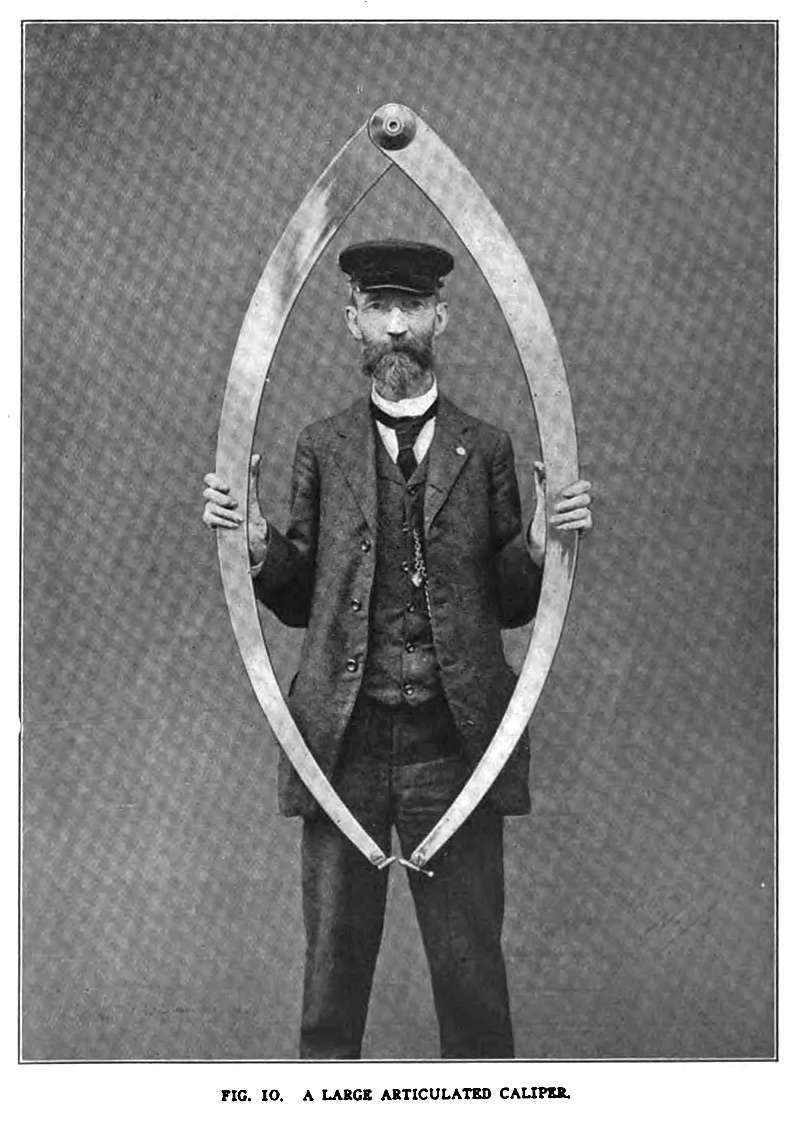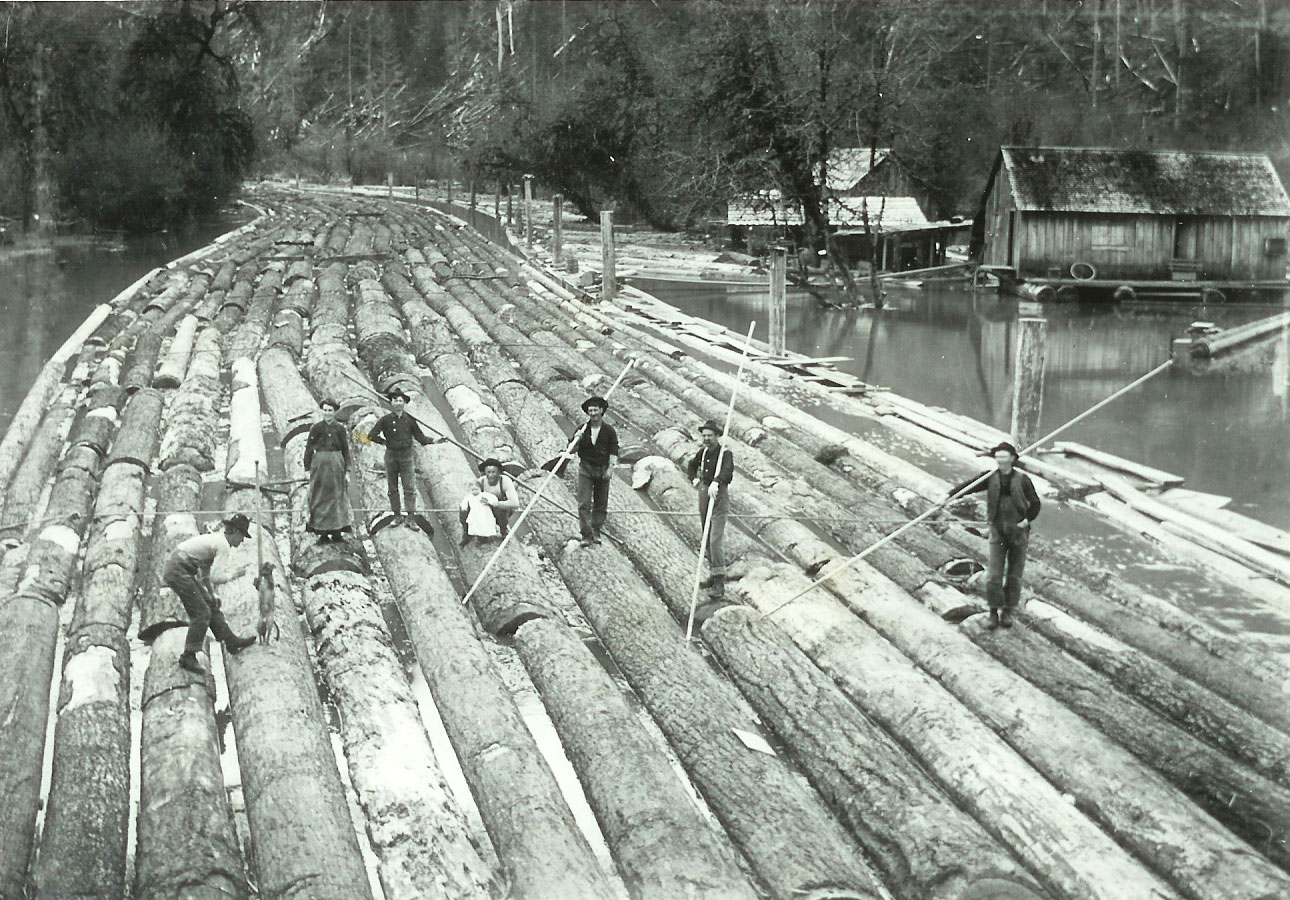
He is employed by the Carpenter, the Cabinet-maker, and the Cooper, to cut wood into the required boards, planks, and battens, for their respective operations. This he performs by placing the tree or timber, on strong tressels, usually laid across the sawpit; and being assisted by the Pitman, whilst the Top Sawyer, or chief, stands upon the work, they conjointly work a long coarse saw along the line marked out for the cut.
Their earnings vary extremely, unless constantly employed, in a covered yard during winter, by the Cooper, at a weekly salary, usually amounting to 35s. Oftener, however, they choose to depend upon jobbing about for different masters “upon the call;” at which sort of game, they either find “nothing stirring,” and literally starve awhile, or make such astonishing sums at piece work, as to set their heads a madding with the fumes of the stomach; they become broilsome, drink unaccountably, fight any body or thing, pawn their tools by scores, and, when Tuesday comes round, find themselves under the necessity of kicking the master, for an advance.
On these occasions, the masters who have work in hand, supplicate the men to resume the job, and thus become the beggars; which they may do in vain, if they have suffered the ungrateful wretches to run in debt, or the publican is importunate for payment of his scores.
Who would be a Sawyer? Or, being one, would not work out his own reformation in time?
Nathaniel Whittock, John Badcock, John Bennett, Cyrus Newton, and Others
The Complete Book of Trades – 1837
— Jeff Burks
Like this:
Like Loading...





